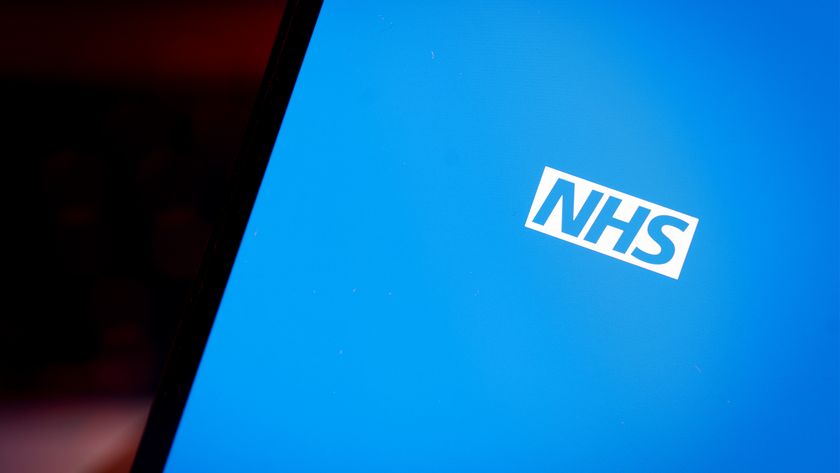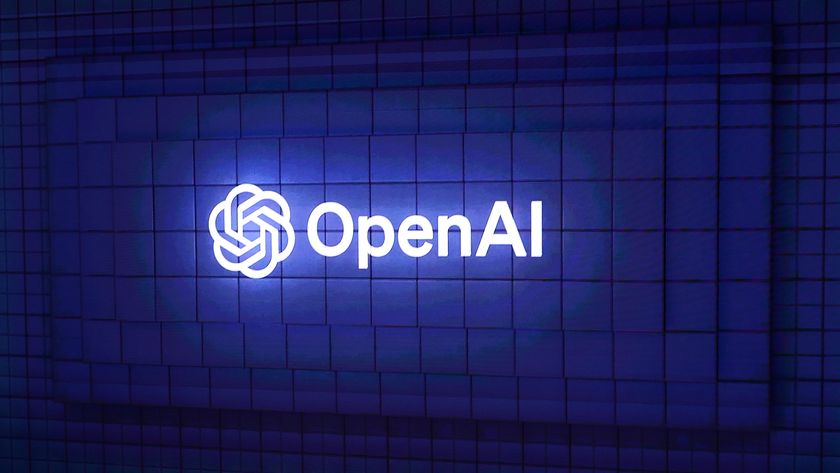Building on a Linux brand
Red Hat is a perfect example of how open source firms need to trade on their reputation, not just their product.
Young understood from the beginning that the way to sell free and open source software was to build a brand that was recognised, give away the software and sell services, CDs, T-shirts, customer support and training.
As 'maddog' tells it, Bob Young put Red Hat on the map, and would say "I'm building a brand", but nobody listened.
Hall adds: "By the time people recognised what he was doing it was too late. He had built the Red Hat brand to the point where a lot of people in the US would say 'Red Hat is Linux, and Linux is Red Hat'. Like Kleenex and tissues, and Heinz and ketchup, Red Hat had become a generic term. Bob Young did an amazing job. He recognised that in building up the company, he needed to bring in some good executives with the right skills to take over when he stepped out of the way..."
"Bob Young has "a good old boy thing - 'Aw shucks, I'm just the boy next door. I come from Canada, and I'm no threat to you' - People just pour their hearts out to him, but, believe me,", maddog continues, "they still listen to him, because he has a marketing mind that is just fantastic. He would say, 'Hey, give away the software, and sell the t-shirts and hats', but what he really meant was: 'Give away the software, and sell the services'. And still people didn't understand."
The gift of code
Young's insight was that the primary role of an open source software company is not the sale of the software but the follow-up services - subscription, consultancy, installation, training, support, upgrades and maintenance - and that this follows on from recognition of the brand.
The pay off for the end user is that the barriers to entry are low. If Red Hat or any other Linux distribution lets you down, you can switch to another version of Linux and hope for some equivalence. So it is important for Red Hat to be more than a match for its competitors, and at the same time to stay honest and true to its developer communities.
Get the ITPro. daily newsletter
Sign up today and you will receive a free copy of our Focus Report 2025 - the leading guidance on AI, cybersecurity and other IT challenges as per 700+ senior executives
Although Red Hat is the greatest corporate contributor to the Linux kernel project, it still depends upon the contributions of many others to ensure the range and quality of the final product.
A GNU/Linux distribution is a collaborative effort that may include the work of thousands of individual and corporate contributors. Equally, to make a success of the follow-up services that sustain an open source software company, the package of software it provides has to be of sufficient quality to justify purchase of subscriptions and services in the first place.
Red Hat, like any other GNU/Linux distribution, is dependent on the gift of code. And the benefits that accrue from the gift of code far outweigh any negative effects that come from the ability of others to replicate the software it distributes - so Red Hat uses Yellow Dog's update mechanism, 'yum', and Yellow Dog itself began as a port of Red Hat to Mac hardware...

















